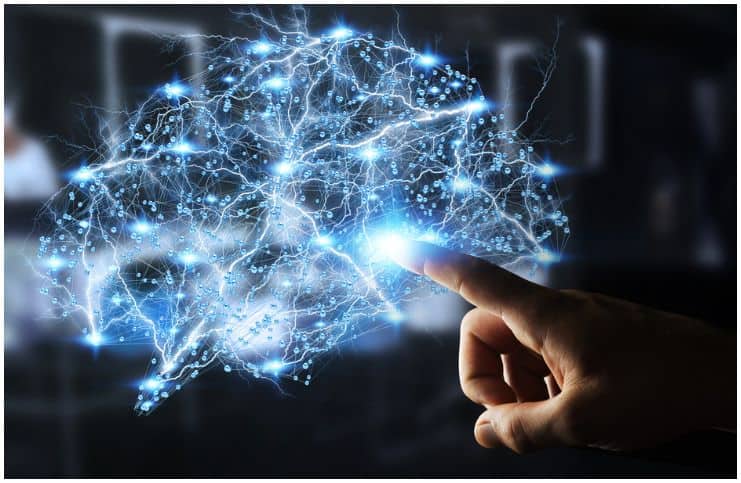Epilepsy, also referred to as seizure disorder, is a medical condition (potentially fatal) in which a person experiences a sudden surge of electrical activity in the brain which affects how she acts or feels.
When an individual has had 3 or more seizures that have not been provoked by specific events, like – infection, trauma, fever or chemical change, he is considered to have epilepsy.
It can affect people of all ages and is the fourth most common neurological disorder. For instance, worldwide, about 65 million individuals have it. Seizures usually start for the first time in people over age 65 as well as during childhood. However, in seniors, the seizures are generally the aftereffect of other health problems, such as – heart disease and stroke.
The indirect and direct cost of this medical condition is estimated to be about $15.5 billion per year. Approximately 467,711 children and 2.3 million adults have this condition in the United States.
Recent data suggest that the prevalence of this condition is considerably higher in resource-poor countries, especially in rural areas.
Causes
In 50 – 60% of patients, the cause of this condition is unknown. In the remaining cases, the following causes are the most frequent:
- alcohol abuse;
- brain injury during birth;
- systemic illness of the mother during pregnancy;
- head trauma (for instance, during a car crash);
- stroke;
- neurofibromatosis;
- autism;
- viral encephalitis (inflammation of the brain);
- AIDS;
- brain tumor.
In addition, some people have inherited genetic factors which make this medical condition more likely to occur.
According to studies, the prevalence rate of this condition amongst patients with learning disabilities is around 20 times higher than for the general population.
Scientists are unsure if ethnicity has any role in who develops this condition. However, according to statistics, non-Latino whites are most affected.
Symptoms
The main symptoms are seizures. Other symptoms may include:
- collapsing;
- a tingling feeling in the legs or arms;
- staring blankly into space;
- losing awareness;
- deja vu;
- temporary confusion;
- unusual tastes or smells.
Types
Epilepsy is not just one condition, but there are more than 40 different types that have been identified, plus, there are about 20 different types of seizures.
Treatment
With medical treatment, approximately 60 to 70 percent of patients can be seizure-free. In developing countries, most patients do not get the treatment they require. There are a few medicines available. Deciding on which medication is best for you depends on many things, including:
- whether you are planning a pregnancy;
- the type of epilepsy;
- whether you are pregnant;
- other drugs that you may take for other medical conditions;
- age.
Seizures
All our feelings, thoughts, or actions are controlled by brain cells which communicate with each other through normal regular electrical impulses. A seizure happens when the brain’s nerve cells generate an uncontrolled burst of electrical activity in the brain. Most seizures last from a few seconds to a few minutes. They usually occur suddenly, without warning.
Important note – it is a medical emergency if a person has many seizures or if a seizure lasts longer than 5 minutes.
Causes
They can also occur in people who do not have epilepsy. Common causes may include:
- low levels of oxygen;
- low blood sugar;
- elevated body temperature;
- drug use;
- brain trauma.
In the US, approximately 9 percent of people will experience at least one seizure during their lifetime. Also, 5 percent of people will have an epileptic seizure. Out of these people, about 4 percent will develop epilepsy.
High fevers in childhood can occasionally be linked with seizures. The risk of epilepsy increases if a child has another nervous system condition or a long seizure.
Symptoms
Some seizures may cause:
- odd behaviors, such as – a feeling of déjà vu or repeated lip-smacking;
- perceptions of smells that aren’t actually present;
- visual changes, like – repeated blinking, blurry vision, or seeing flashing lights;
- numbness in a part of the body;
- strange sensations, like – tingling;
- losing awareness;
- brief spells of staring into space.
Moreover, stronger seizures can cause uncontrollable muscle twitches and spasms, as well as losing consciousness. Also, many people have no memory of it happening.
Myth
There is a myth that a person experiencing a seizure can swallow her tongue. However, this is physically impossible.
Types
Most seizures can be categorized as either generalized or focal. About 60 percent of patients experience a focal seizure that can cause both emotional and physical effects. In addition, it can make you see, feel, or hear things that are not there.
Generalized seizures happen when there is widespread seizure activity in the right or left hemispheres of the brain. There are many types of generalized seizures, but the most common is the generalized convulsion, better known as the grand-mal seizure.
Epilepsy vs Seizures – Differences
The main difference between epilepsy and a seizure is that epilepsy is a medical condition, while seizures are just a single occurrence. However, seizures are the main symptom of epilepsy, but not all people who have seizures are diagnosed with epilepsy.
Images credit – @Getty & Shutterstock
READ THIS NEXT: Fosphenytoin vs Phenytoin – Which Anticonvulsant Medicine Works Best?
References https://www.sciencedaily.com/news/health_medicine/epilepsy/ http://www.mayo.edu/research/departments-divisions/department-neurology/programs/epilepsy
